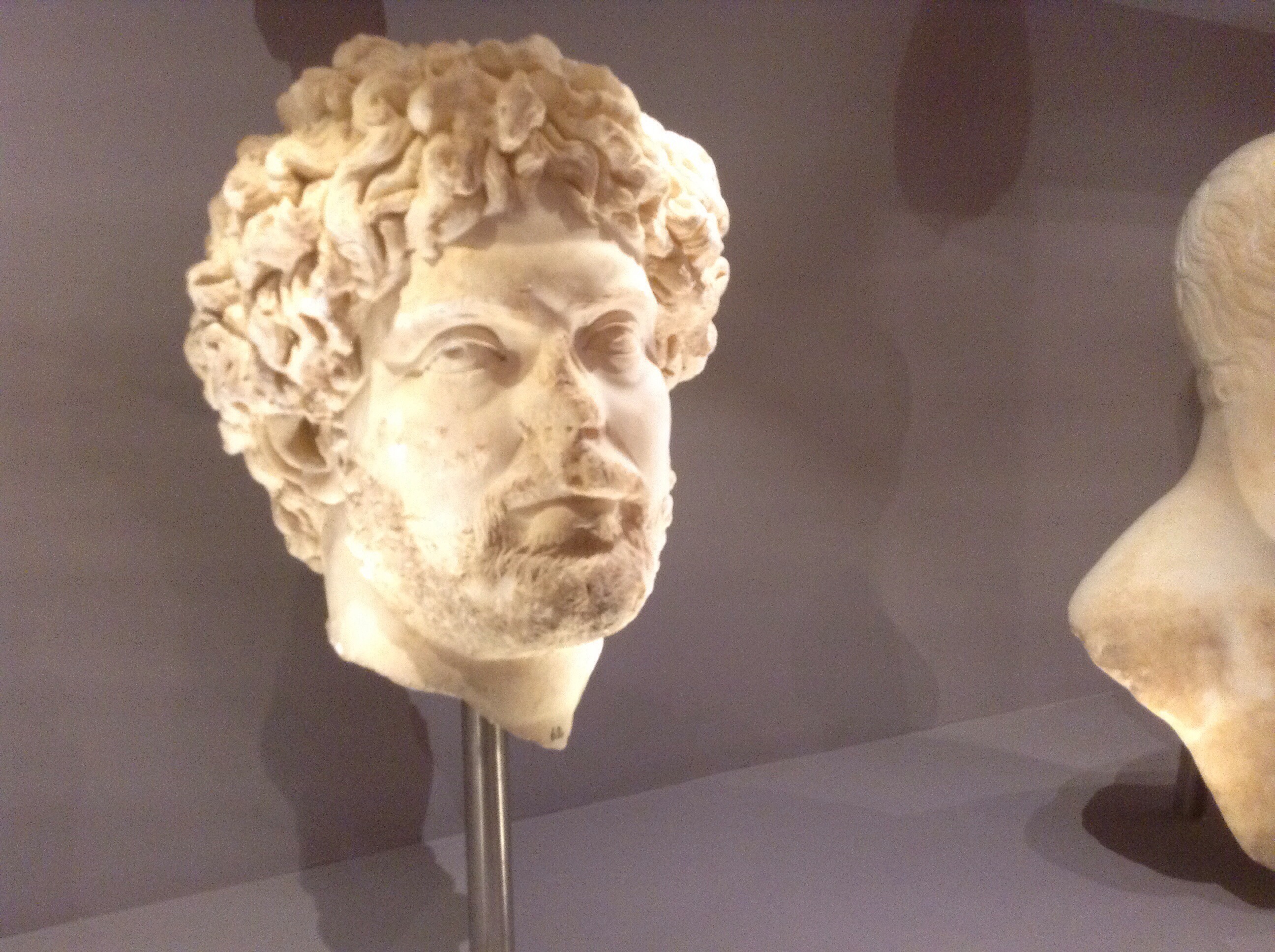As an art history student, I am most intrigued by how the visceral and intimate relationship between artist and viewer gives insight into social climate and personal expression thorough aesthetic language. Today’s adventure, viewing ancient objects in the Archaeological Museum of Heraklion, after visiting the archaeological site in which the objects were found, Gortyn, was a particularly enriching experience. 
Archaeological Site of Gortyn
Oftentimes it is difficult to reimagine the original context in which visual art objects functioned in antiquity. This task becomes especially difficult when we see these objects in pristine museums where the objects are displayed without context. Art objects existed in a certain time and place for a particular reason. As T.J. Clark, a prominent art historian, has noted, visual art objects represent history in a unique way; history is “actually there when the painter stands still in front of the painting, the sculptor asks his model to stand still.” Clark also describes how art represents the coalescing of a particular moment in time for both the artist and the society in which he or she lived. The opportunity to visit Gortyn helped achieve Clark’s mission for visual art objects; for the experience of viewing the art objects and understanding their social history was heightened after visiting the site.
Gortyn, a site in use from 700 BCE to 670 CE, was at its peak during the Roman era, when it served as the capital of the province of Crete and Cyrene. Gortyn’s importance to the Roman Empire is clearly communicated by the amount of imperial art depicting emperors, such as Marcus Aurelius. 
Marble Portrait of Marcus Aurelius
Additionally, Gortyn asserts itself as a city that is powerful enough to commission grand and magnificent sculpture, such as a copy of the Hellenistic prototype, the Crouching Venus, and is thus able to construct a royal identity on par with that of Rome. By leveraging the visual arts as political capital, Gortyn also spreads imperial narratives by continuing Greek artistic traditions, such as the archaic and classical styles, and aligns itself as inheritors of the Greek civilization.
Though Clark characterizes art in contemporary life as powerless and ineffectual, clearly this was not always so. In antiquity, visual art played an important role is shaping political discourse and imperial narratives; Gortyn effectively used the visual arts to their advantage in this regard. The visual art found at Gortyn clearly indicates how art can be, in Clark’s words, “historically effective” as well as capable of “a series of actions in but also on history.” Though we witnessed Gortyn centuries after its destruction, the visit to the site provided context and insight into the visual art objects seen at the Archaeological Museum of Heraklion.
